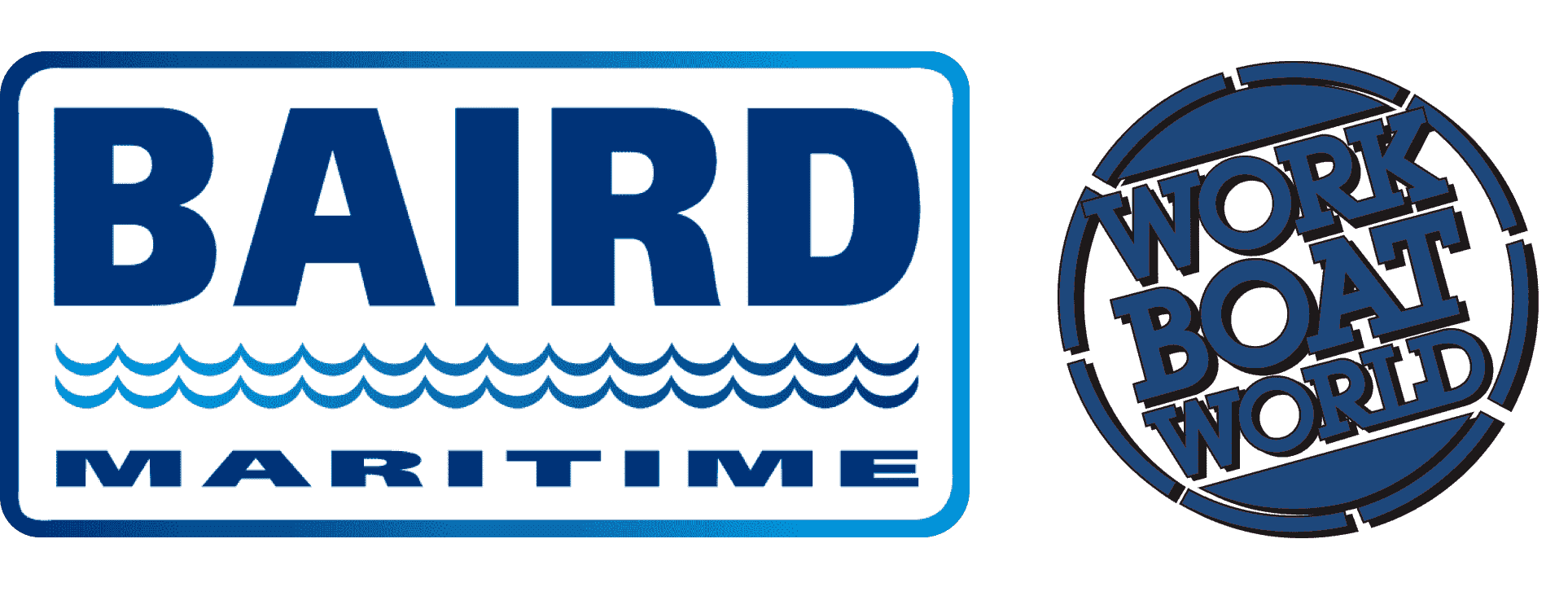Raytheon demonstrates semi-autonomous capabilities of unmanned minehunting vehicle
US defence technology company Raytheon has demonstrated its Barracuda unmanned mine neutralisation vehicle (MNV) in an untethered, semi-autonomous operation for the first time during recent open water testing in Narragansett Bay off Rhode Island.
Raytheon said that during the demonstration, Barracuda proved its ability to autonomously navigate, communicate, detect and identify targets, and operate independently underwater.
"This recent testing demonstrates the significant strides we've made in advancing mine countermeasure technology," said Barbara Borgonovi, President of Naval Power at Raytheon. "Barracuda's capabilities will dramatically improve safety and efficiency for the US Navy, keeping sailors out of harm's way while effectively addressing underwater threats."
Barracuda is the newest US Navy program of record for mine neutralization. Raytheon said it is the first untethered, semi-autonomous mine neutralisation system capable of tracking and identifying bottom, volume and near-surface mines with a human operator delivering a final decision for neutralisation.
The program started in research and development within Raytheon's advanced technology business segment.
Raytheon said Barracuda is on track to achieve initial operational capability and low-rate initial production by 2030. In addition to executing mine neutralisation missions, the company is investing in developing a larger and more advanced variant to meet different mission sets such as subsea and seabed warfare.


